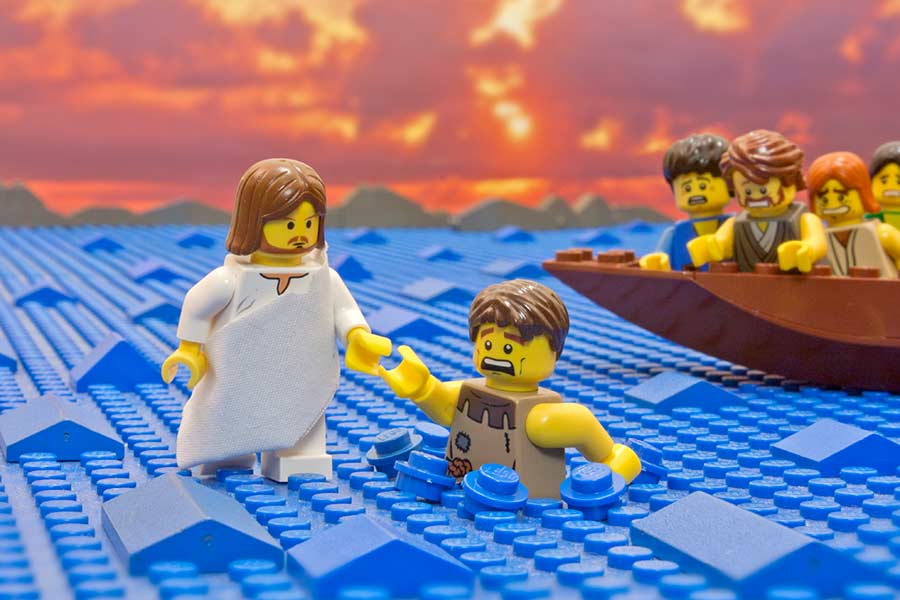Although Brigham Young was allowed to remain governor of the newly-established Utah Territory, the US Senate insisted that half the federally-appointed territorial government positions go to non-Mormons. Friction between the Saints and these appointees began immediately when appointee Perry Brocchus of Alabama was invited to speak at the Church's general conference and launched into a diatribe against the Saints, accusing them of sedition and immoral marriage practices.
The Saints were further infuriated when appointee Broughton Harris of Vermont accused Brigham Young of irregularities in conducting a recent census and election, and when Harris's wife remarked that the Mormon men with their multiple wives were hardly better than animals. All four federal appointees abandoned their posts in September of 1851, and returned to Washington, DC, with reports that the Mormons in Utah were rebelling against the authority of the United States government.
In the absence of federal oversight, the Utah legislature simply re-adopted the previously enacted laws of the provisional State of Deseret. Further, in February of 1852, they gave jurisdiction over civil and criminal cases to local courts presided over by Church officials. That same month, Brigham Young delivered a speech before the legislature barring black men of African descent from the priesthood. At the time, many accepted a Biblical justification for the racial inferiority of those believed to be the cursed descendants of Noah's grandson Cain.
Although in 1843 the prophet Joseph Smith had officially dictated the revelation from Jesus commanding male members of the Church to marry multiple wives, it was not until August of 1852, that an official Church announcement was made endorsing the doctrine of the plurality of wives. Anticipating public outcry, the Church launched newspapers in major cities attempting to explain and justify the principles of the restored doctrine. But nonetheless, groups soon formed to pressure the government to outlaw polygamy.
Because their husbands, fathers, and brothers were often away on missionary assignments, the burden on Mormon women was increased. In addition to their normal duties of raising children, cooking, washing, ironing, sewing, weaving, grinding wheat, quilting, making soap, maintaining and beautifying homes, and attending to Church duties, women also did nearly as many traditionally male labors including digging irrigation ditches, plowing fields, chopping wood, brick laying, and building houses.
During the Church's first ten years in Utah, nearly 40,000 Saints gathered to Salt Lake City and about 100 other smaller colonies in the region. Brigham Young directed the construction of a tithing house in every community. In 1856, rapid immigration and a grasshopper plague combined to rock the economic stability of the Saints, leaving many on the brink of starvation. Church leaders taught the Saints that they were partly to blame for these conditions because of their failure to obey the commandments.
NEXT:
Also from the creator of The Brick Book of Mormon:

